Pauillac wines, Grands Crus Classés
-
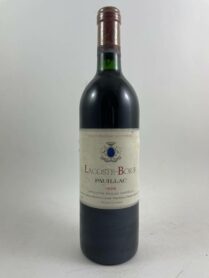
Château Lacoste Borie 1988
€30.00Pauillac | Red | 0,75 L
-

Château Haut Batailley 1988
€56.40Pauillac | Red | 0,75 L
-
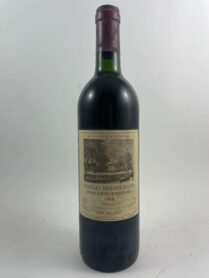
Château Duhart-Milon 1988
€66.00Pauillac | Red | 0,75 L
-

Château Lafite Rothschild 1993
€1 260.00Pauillac | Red | 1,5 L
-
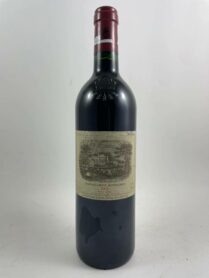
Château Lafite Rothschild 2001
€660.00Pauillac | Red | 0,75 L
-
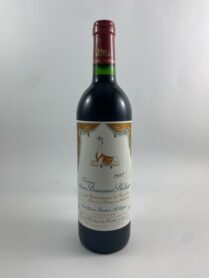
Château d’Armailhac – Mouton Baron(ne) Philippe 1987
€73.20Pauillac | Red | 0,75 L
-
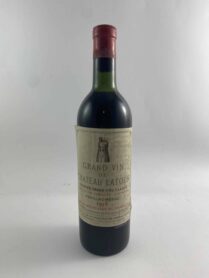
Château Latour 1958
€834.00Pauillac | Red | 0,75 L
-

Château Haut Batailley 2005
€74.40Pauillac | Red | 0,75 L
Pauillac, a port town located on the left bank of the Gironde estuary north of Bordeaux, is home to the most prestigious grape varieties of the Medoc peninsula. Its Grands Crus classés appellation Pauillac are acclaimed by connoisseurs and some vintages are sold at gold prices on the international markets. Discover, below, all the secrets of the domains of Pauillac.
The Pauillac appellation, vineyards and grape varieties
The appellation includes 18 classified growths whose reputation extends beyond our borders. According to the 1855 Classification, 3 of the 5 Médoc First Growths are in the protected territory of Pauillac (Lafite Rothschild, Latour and Mouton Rothschild). Over the course of hundreds of vintages, the winemakers have focused on highlighting the excellence and individuality of their vineyards. The best wines of Pauillac are recognizable by their beautiful structure and their exceptional ability to age in cellars.
Château Lafite Rothschild
The Lafite style is a subtle and refined tanned red wine recognizable by its aromas of black and red fruits and cedar. Its color is dark and its violet reflections express a beautiful brightness. The Grand Vin is made only with vines over 10 years old. It is highly rated Cabernet Sauvignon, 70% minimum and up to 100% for some vintages (Cuvée 1961). The second wine Carruades de Lafite comes from a Merlot plot on the plateau.
Château Latour
The rich, full-bodied Grand Vin with an elegant purple color is considered the most consistent of the Médoc. With a dominant Cabernet Sauvignon (90%), it attracts by its bouquet with varied notes (black fruits, stones, graphite, oak forest, metal after rain…). Châteaux Latour also produces outside Enclos, Les Forts de Latour and Le Pauillac de Château Latour.
Château Mouton Rothschild : Pauillac wine
The Mouton style is an aristocratic elegance. The Pauillac wine has powerful tannins and a colorful bouquet (cedar, violet, almond, black currant). Each vintage is a work of art in the image of its labels.
The family is also behind Aile d’Argent (one of the two dry whites of the AOC) and Le Petit Mouton. Château Clerc Milon and D’armailhac in Pauillac are also owned by the Baron.
Château Haut-Bages Libéral
It gets its character and its relief from grapes very concentrated in tannins and fruity aromas. We also find white truffle and roasted cocoa. It is very balanced, fine and pleasant. The estate also produces the Chapelle de Bages, the Fleur de Haut-Bages Liberal, the Haut Médoc and the Rosé de Vertheuil.
